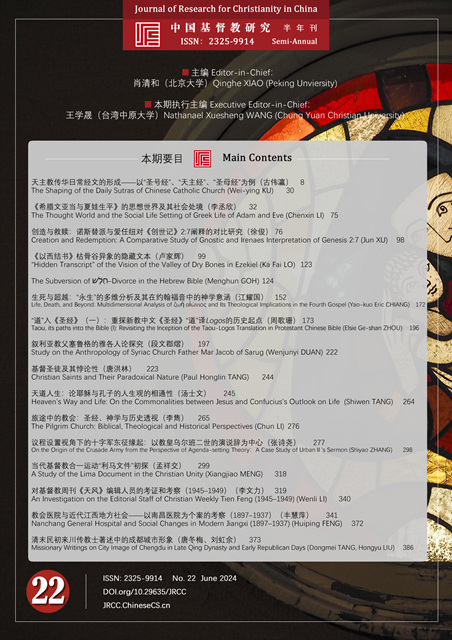Abstract
Religion was an important part of Sino-Western cultural exchange in modern times. For the spread of Western Christianity, the translation of the sutras was very important during the early stage of cultural exchange. This article tries to analyze the three most important Catholic daily sutras which were translated by Western missionaries, namely The Sign of Cross, Pater Noster and Hail Mary. There were two channels through them the Catholic Daily Sutras were translated into Chinese. The first channel was through the early Jesuits in China, M. Ruggieri, and later Matteo Ricci. Ruggieri used vernacular Chinese, whereas Ricci tried Classical Chinese. The other was done by the Spanish Dominican Juan Cobo in Manila for the evangelization of the overseas Chinese. The language Cobo used was Minnan dialect. It is hoped that through the analysis of these translations, we can see the different missionary strategies of these two orders, the difference in translation influenced by regional culture, and the shaping and finalization of the Daily Sutras.

This work is licensed under a Creative Commons Attribution-NonCommercial-NoDerivatives 4.0 International License.
Copyright (c) 2024 Journal of Research for Christianity in China

